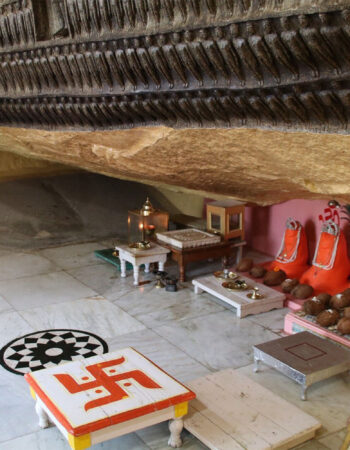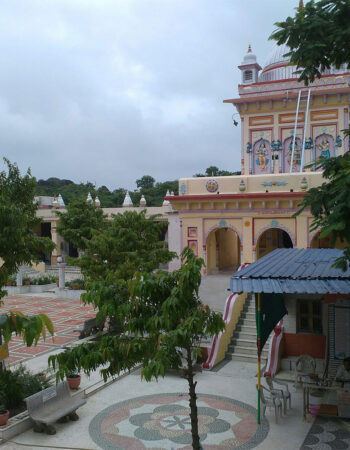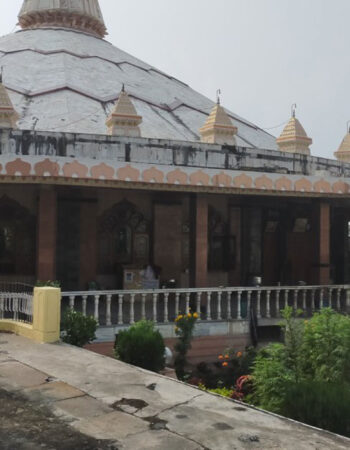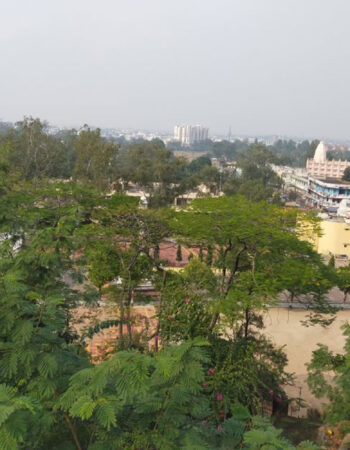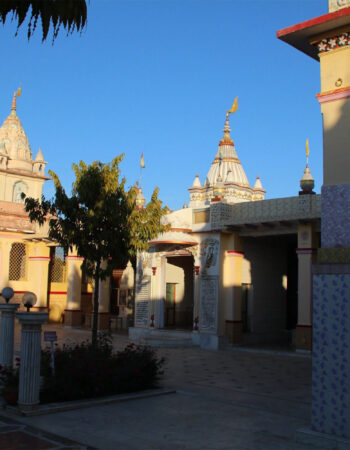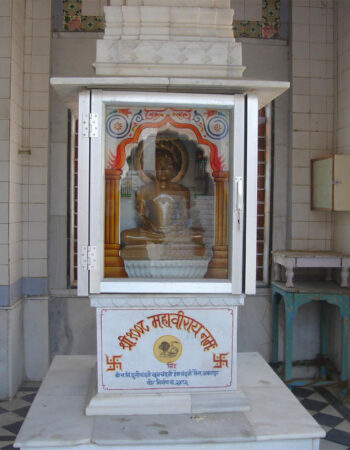Pisanhari Ki Madiya is a revered Jain temple complex situated atop a 300-foot hill near Netaji Subhash Chandra Bose Medical College in Jabalpur, Madhya Pradesh. Established in 1442 CE, the temple was built by a humble woman named Pisanhari, who saved money from grinding flour to fund its construction. Her dedication is commemorated with a statue at the temple’s entrance, and her grinding stones are preserved above the gateway
The complex spans 18 acres and comprises 13 temples, including the Samavsaran Mandir, Manastambha, and a 55-foot statue of Bhagwan Bahubali. The Shri Nandishwar Dweep Jinalaya, the largest temple in the foothills, houses 152 marble idols of Tirthankaras. Architectural features include vaulted roofs, a mandapa (pillared hall), and a two-story garbhagriha (inner sanctuary).
Accessible via a flight of 350 steps, the temple offers panoramic views of Jabalpur and a serene environment ideal for meditation.
 Visiting Hours
Visiting Hours
The temple is open daily from 6 AM to 9 PM, with free entry.
 Best Time to Visit
Best Time to Visit
Pisanhari Ki Madiya is generally open from sunrise to sunset. However, specific timings can vary, so it is recommended to check with local sources before planning a visit.
What is the historical significance of Pisanhari Ki Madiya?
Pisanhari Ki Madiya has historical significance due to its connection with the Jain community and being a symbol of selfless devotion. It was built by a poor woman grain-pounding laborer over a period of years, which reflects her deep devotion despite her modest means.
Is photography allowed at Pisanhari Ki Madiya?
Photography at Pisanhari Ki Madiya might be subject to certain restrictions or guidelines in order to preserve the sanctity of the religious site. It's best to ask for permission or look for signage about photography rules when you are there.
What facilities are available at Pisanhari Ki Madiya?
Basic facilities like drinking water and small shops selling religious items and snacks are usually available at Pisanhari Ki Madiya. However, it is advisable for visitors to carry their own necessities, especially during peak seasons.
What can tourists expect to see at Pisanhari Ki Madiya?
Tourists at Pisanhari Ki Madiya can see an array of beautifully carved ancient Jain temples, serene surroundings, and get an insight into the Jain philosophy and practices.


